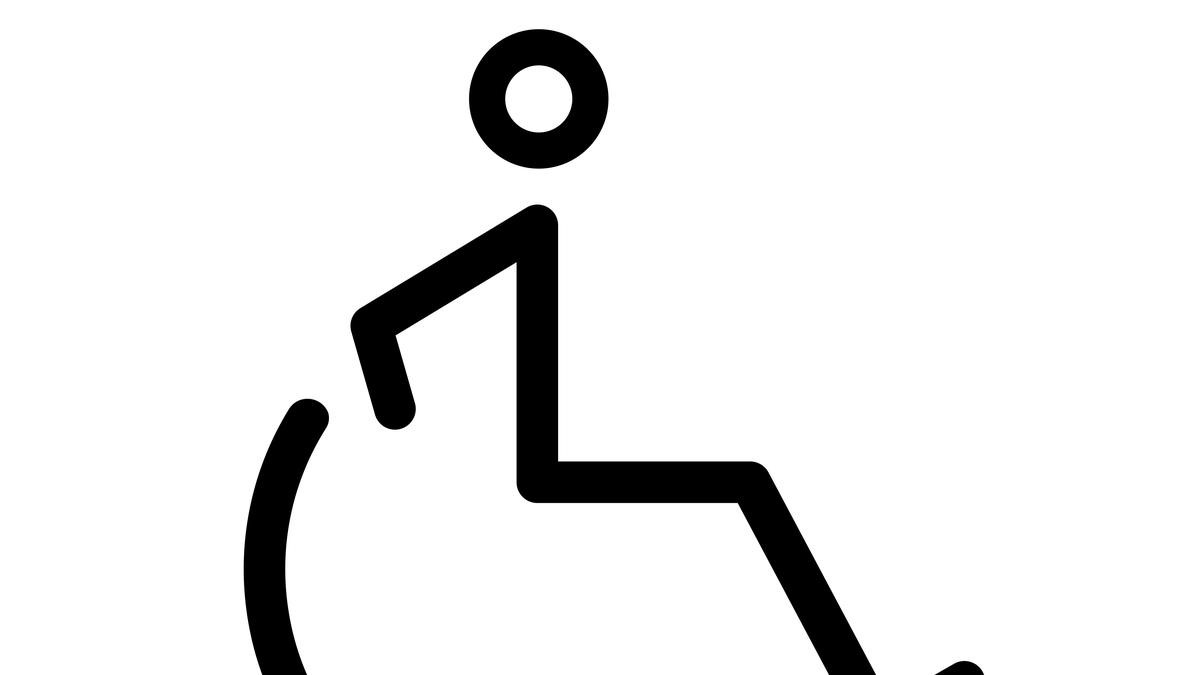Free Courses Sale ends Soon, Get It Now


Free Courses Sale ends Soon, Get It Now



Disclaimer: Copyright infringement not intended.
Context
Details
Global Prevalence and Rural Representation
Exclusionary Systems and Challenges Faced
Impact and Economic Implications of Inclusion
Challenges Specific to Rural Areas
Role of Private Sector and Inclusive Development Projects
The Spark Project:
Effective Implementation Strategies for Disability Inclusion
Conclusion
Linking disability inclusion to broader development goals highlights the critical role persons with disabilities play in poverty alleviation, nutrition, and rural resilience. Prioritizing their inclusion in all spheres of development is imperative to ensure equitable progress.
|
PRACTICE QUESTION Q. Examine the significance of bottom-up approaches and collaborative projects, citing examples such as the SPARK project, in fostering social inclusion and economic resilience for persons with disabilities in rural settings. (250 Words) |
© 2024 iasgyan. All right reserved